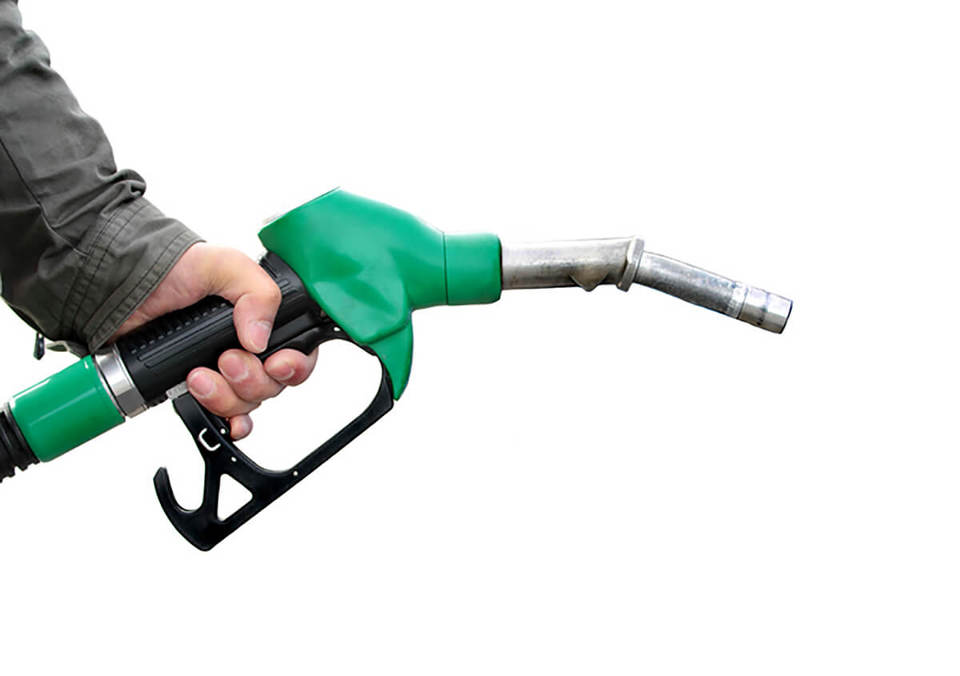Prices for petrol and diesel could rise by as much as 5p per litre (ppl) over summer due to currency fluctuations and a surge in wholesale costs.
This means the average price of diesel could rise to 145ppl from about 140ppl today and petrol could increase to 141ppl from 136ppl today. The news heralds the end for now of the supermarket price war which saw prices drop by up to 10p per litre earlier this year.
However, despite the anticipated 5p per litre rises, prices remain within the margins identified by Fleet News (May 2, 2013), where they have fluctuated for the past couple of years.
A large part of this price increase will be due to the value of the pound falling from $1.56 in mid-June to $1.51 in mid-July. A month ago, wholesale petrol priced at $1,000 a tonne would have equated to 48.38p a litre before tax, but the weaker pound has increased this cost to 49.98p a litre.
In addition, the cost of Brent crude rose from $100 in the last week of June to $109 in mid-July, which has much to do with ongoing uncertainties in the Middle East. That is still significantly lower than the $120 per barrel price in May.
These factors have contributed to the wholesale cost of petrol across north west Europe rising from $900 a tonne to $1,000 over the past month.
Edmund King, president of the AA, said: “After the price of petrol stabilised at around 134.6p a litre through much of June this year, it was perhaps inevitable that oil and fuel market speculators would cast a black cloud over what was promising to be a glorious summer.”
If the full 5ppl price increase hits British forecourts, it would leave fleets paying – on average – more than £3 more than they paid in mid-June for travelling 500 miles.
Brian Madderson, the chairman of the Petrol Retailers’ Association (PRA), said: “The unexpected crash in the exchange rate for the pound against the US dollar in just four weeks from mid-June is hitting wholesale fuel costs.
“The new Bank of England governor, Mark Carney, shoulders some blame for recently indicating that UK interest rates will remain low, contrary to market expectations.
“This, combined with the poor UK manufacturing data recently and the US promise to let quantitative easing taper off this year, provide good reason for operators to flee sterling.
“This is at least fully transparent, if still unwelcome, news for motorists, businesses and UK inflation as the economy struggles to rebound.”
Madderson expects the falling value of sterling to account for a 3ppl increase in an overall 4ppl increase seen on forecourts.
On average, UK petrol prices have risen from 134.61ppl in mid-June to 135.78ppl in mid-July, according to data supplied by Experian Catalyst.
Over the same period, the pump price of diesel – which averaged 139.16ppl a month ago – has also risen by more than a penny to 140.24ppl.
But some industry experts are encouraging fleet managers to concentrate less on guessing future pump prices and more on reducing their organisation’s fuel consumption.
Mike Waters, head of insight and consultancy at vehicle leasing and fleet management company Arval, said forecourt prices were roughly the same as they were last August.
“This places the issue in perspective and last August the price of crude oil was higher,” he said. “Depending on a variety of contributing factors, the exchange rate is ever-likely to move up and down, as is the price of crude oil. No-one knows with any great degree of accuracy what’s going to happen.
“I’d encourage fleet managers to focus more on thinking through how much fuel they use.
“While the market is always going to decide on a price that’s right – and that’s something that we can’t change – it is possible to try and control how much fuel is consumed.”
Author: Ben Rooth
Exchange rates to push pump prices up by 5p per litre
- By
- |
- 31 July 2013
- News
















Login to comment
Comments
No comments have been made yet.